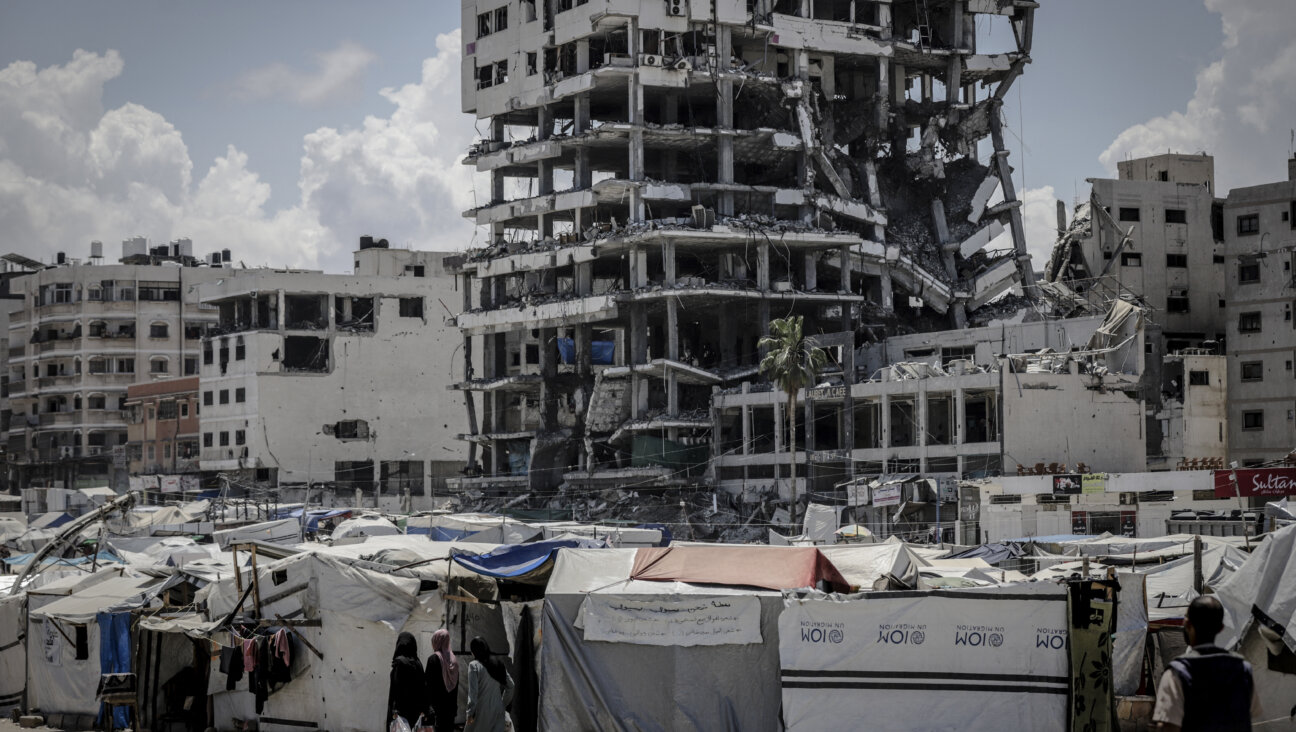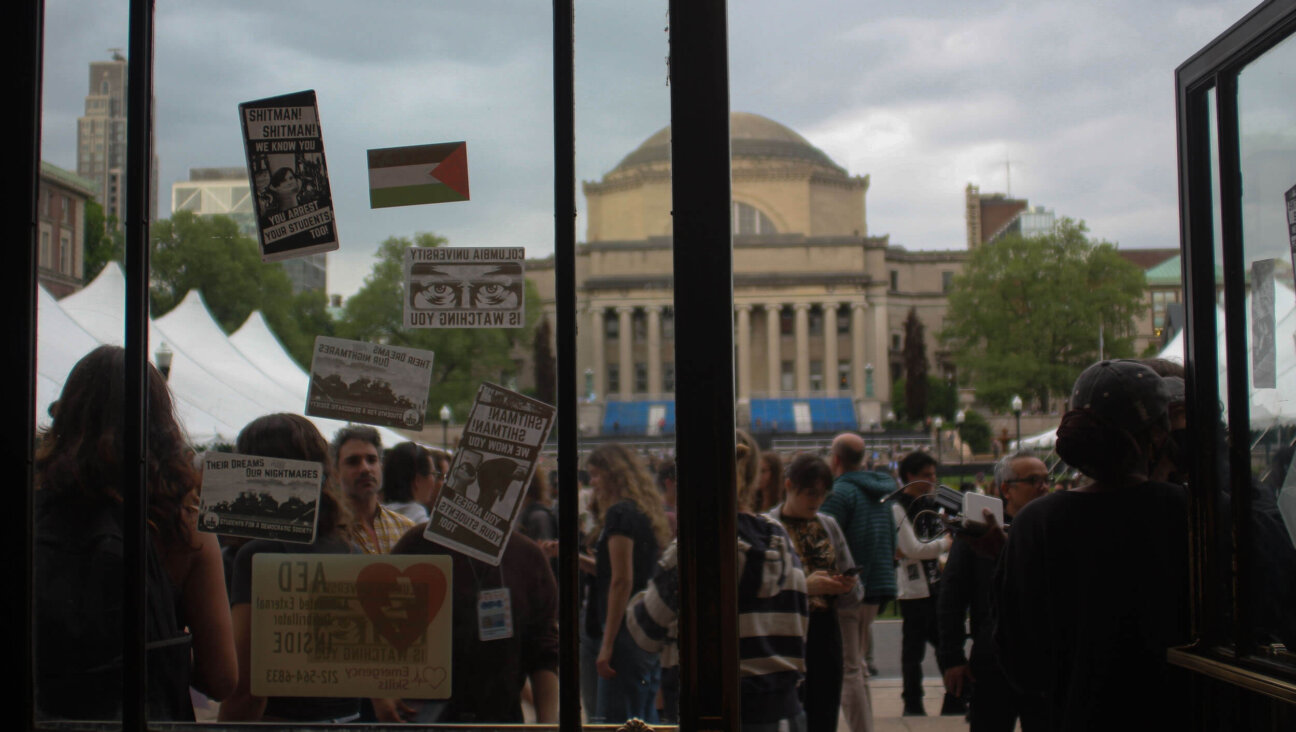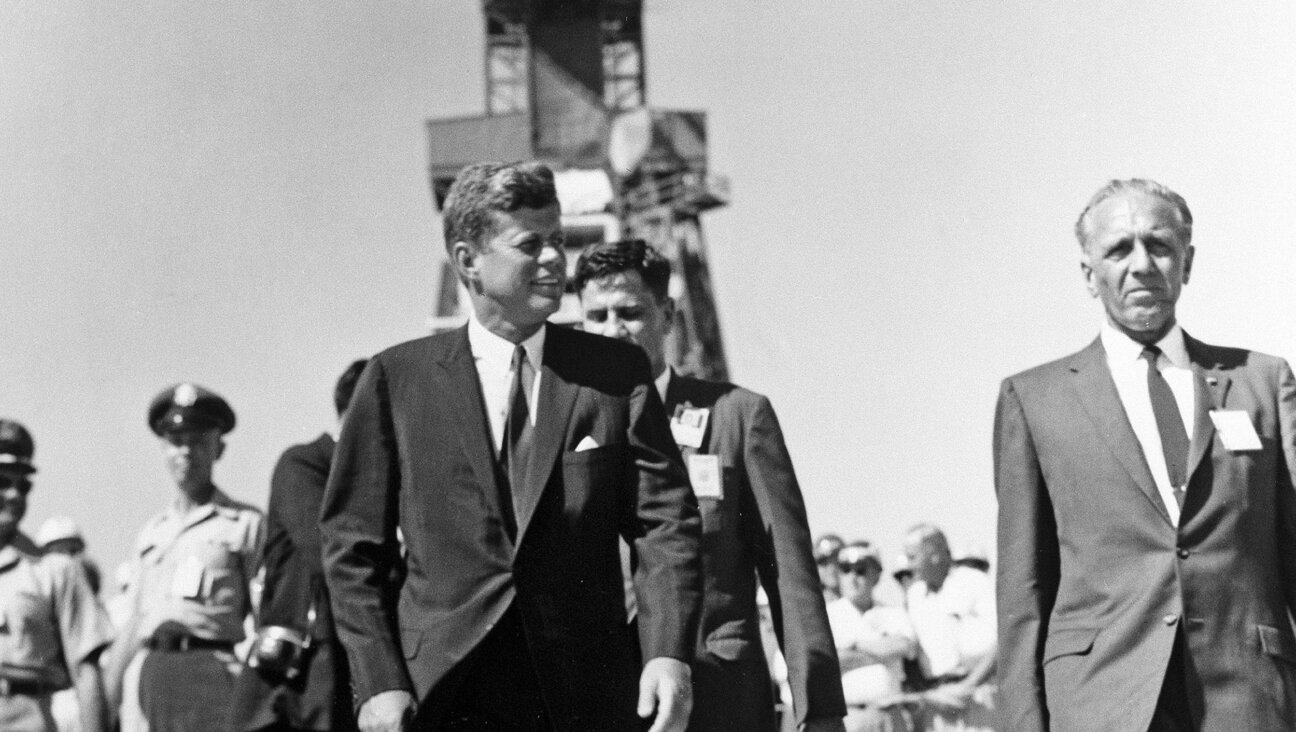If It’s ‘Apartheid,’ Then Who’s the Palestinian Mandela?
Of all humanistic disciplines, history is the easiest to exploit for the advancement of one’s political worldviews. Former president Jimmy Carter’s recent book, “Palestine: Peace Not Apartheid,” is an interesting case in point.
Carter compares Israel’s policies toward the Palestinians to the notorious system of racial segregation that was imposed on blacks in South Africa. He is not the first to make such a comparison. Advocates of the Palestinian cause regularly raise the South African analogy. But Carter is the first prominent, mainstream American to make the comparison.
Since the term “apartheid” stirs up a host of bitter, angry associations, it is important to probe Carter’s accusation carefully.
The charge is not without merit. Key aspects of Israel’s occupation of Palestine are, indeed, analogous to the practices of South Africa’s National Party: A system of separate roads and road blocks facilitates the free travel of Jews while curtailing the movement of Arabs; the members of one group live in well-groomed, heavily subsidized communities, while many members of the other group live in degrading poverty.
In addition, young Palestinian are routinely detained without trial, often for prolonged periods of time. These detentions are justified by repeated government declarations of a state of emergency, just as similar arrests were rationalized in South Africa. Like South African courts, Israeli tribunals have been lenient with soldiers and policemen accused of committing human rights violations, failing, in essence, to exercise judicial review over the application of political power.
These similarities are frightening and should worry anyone who cares about Israel’s commitment to democracy. And yet, Carter and many Palestinians use the South African analogy selectively. The comparison suffers from a glaring omission: If many of Israel’s policies resemble the practices of the white government in South Africa, how do the Palestinian armed organizations measure up to the South African resistance movement, the African National Congress?
For one thing, although both the ANC and the Palestinian organizations have targeted civilians, the ANC did so more sporadically and more reluctantly than the Palestine Liberation Organization, Hamas and Islamic Jihad. For almost five decades after its establishment, the ANC espoused nonviolence, arguing that armed struggle would alienate whites.
The ANC adopted armed resistance in the early 1960s only after its repeated attempts to negotiate had failed. For several years, the group restricted itself to acts of sabotage against property. It was only when this policy proved fruitless that the organization turned against security forces and, eventually, against civilians.
The Palestinian armed factions, by contrast, have shown little interest in nonviolence. The more extreme organizations have consistently refused to distinguish between Israeli military personnel and civilians. They have targeted women and children, for much longer, much more consistently and with far more devastating results than the ANC.
Furthermore, the leadership of the ANC forcefully pursued compromise with whites when the opportunity for peace arose in the early 1990s. The Palestinians, on the other hand, snubbed the dramatic peace proposals put forth by President Bill Clinton and Prime Minister Ehud Barak in the summer of 2000. While the ANC remained committed to a peaceful settlement with whites in South Africa throughout the struggle against apartheid, the Palestinians have voted into power a government that refuses to recognize Israel’s right to exist, has called for its destruction and has aligned itself with Holocaust-denying Iran and its Lebanese client Hezbollah.
If historical analogies are to be politically instructive, those making them must consider all aspects of the case under discussion, not only those parallels that bolster their agendas. The struggle against apartheid in South Africa can, in fact, teach us valuable lessons about the Middle East conflict.
It can show us that war does not end before both sides give up on the maximal formulation of their claims. It suggests that enemies who acknowledge and account for their record of human rights abuses are likelier to reconcile than those who insist on burying the past. It indicates that peace depends on a rare mixture of fatigue among combatants, daring local leadership and significant international pressure.
Perhaps most importantly, the South African analogy shows us that hate is not a force of nature beyond the reach of human influence. As Nelson Mandela so eloquently put it: “No one is born hating another person. People must learn to hate, and if they can learn to hate, they can be taught to love.”
Americans, Israelis and Palestinians could benefit greatly from studying South Africa’s tortured past. But as long as we are focused on simply exploiting history to win arguments, these lessons are likely to be lost.
Nir Eisikovits, a professor of philosophy at Suffolk University, is a fellow at the International Institute for Mediation and Historical Conciliation.
The Forward is free to read, but it isn’t free to produce

I hope you appreciated this article. Before you go, I’d like to ask you to please support the Forward.
Now more than ever, American Jews need independent news they can trust, with reporting driven by truth, not ideology. We serve you, not any ideological agenda.
At a time when other newsrooms are closing or cutting back, the Forward has removed its paywall and invested additional resources to report on the ground from Israel and around the U.S. on the impact of the war, rising antisemitism and polarized discourse.
This is a great time to support independent Jewish journalism you rely on. Make a gift today!
— Rachel Fishman Feddersen, Publisher and CEO
Support our mission to tell the Jewish story fully and fairly.
Most Popular
- 1

Fast Forward Ye debuts ‘Heil Hitler’ music video that includes a sample of a Hitler speech
- 2

Opinion It looks like Israel totally underestimated Trump
- 3
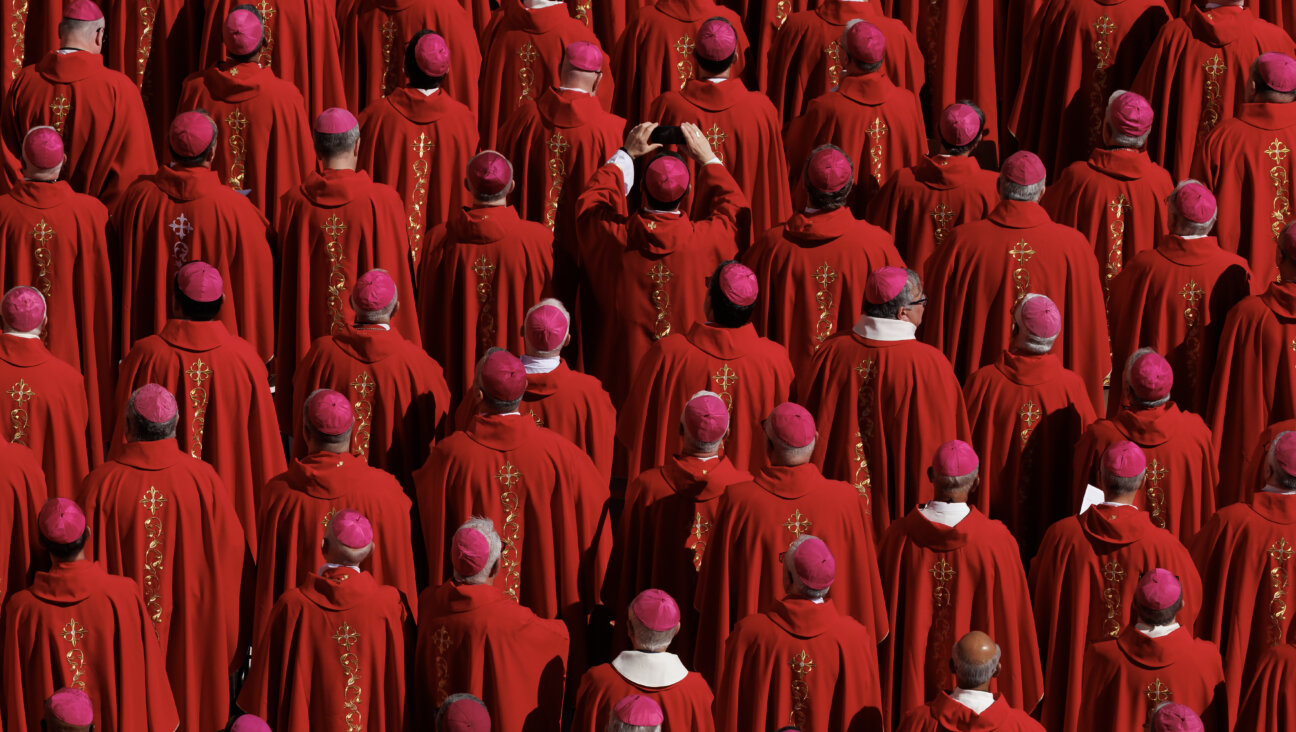
Culture Cardinals are Catholic, not Jewish — so why do they all wear yarmulkes?
- 4

Fast Forward Student suspended for ‘F— the Jews’ video defends himself on antisemitic podcast
In Case You Missed It
-
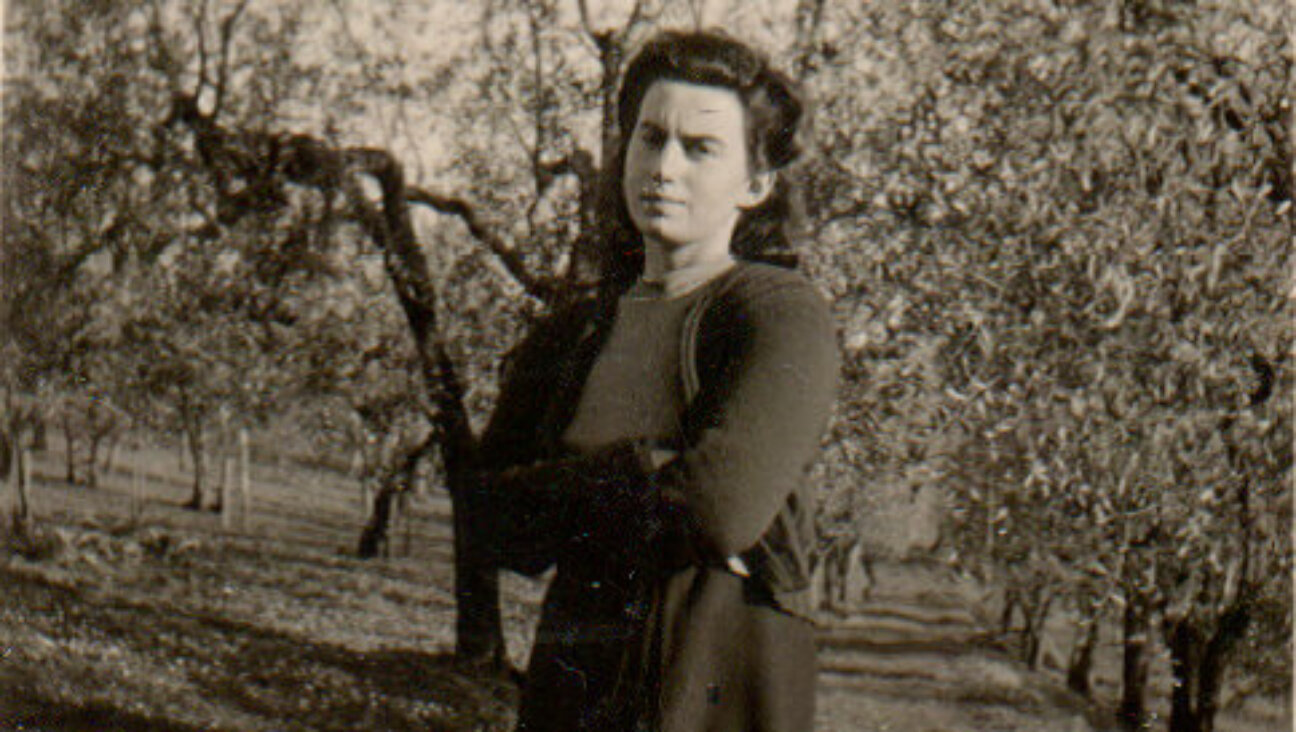
Culture How one Jewish woman fought the Nazis — and helped found a new Italian republic
-

Opinion It looks like Israel totally underestimated Trump
-

Fast Forward Betar ‘almost exclusively triggered’ former student’s detention, judge says
-
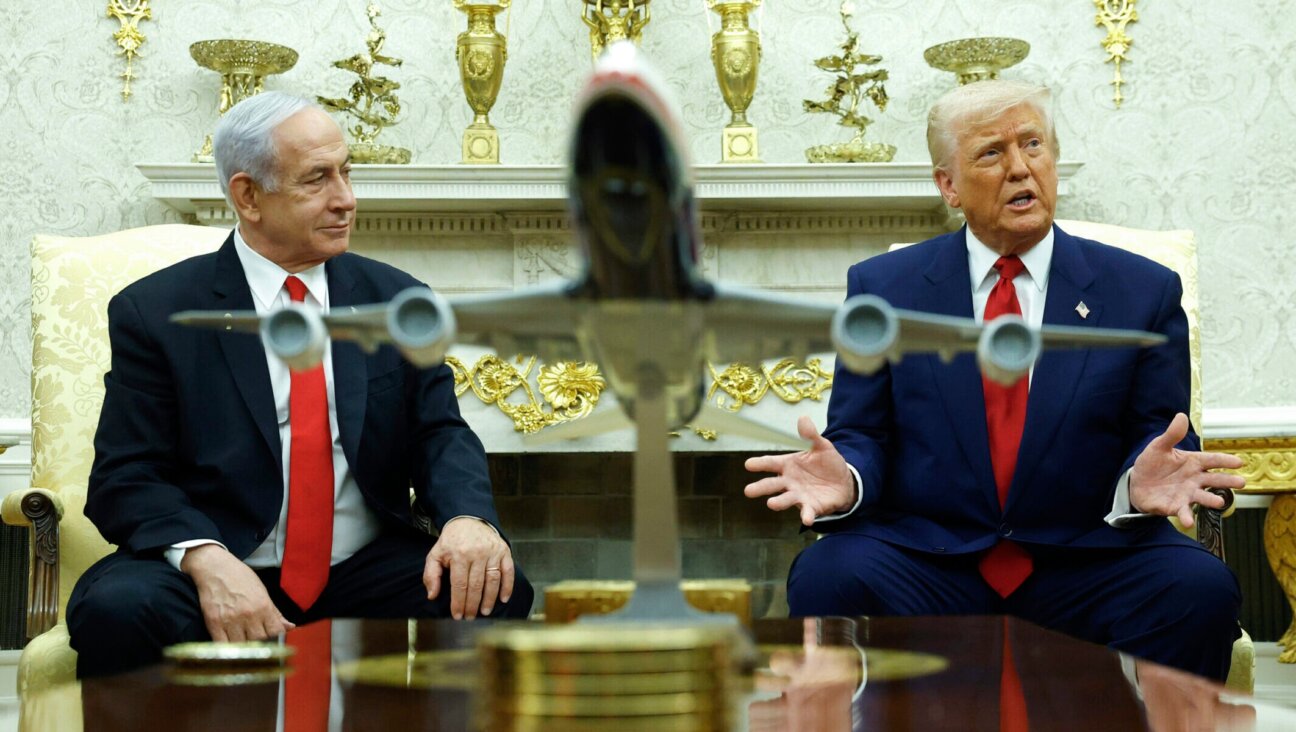
Fast Forward ‘Honey, he’s had enough of you’: Trump’s Middle East moves increasingly appear to sideline Israel
-
Shop the Forward Store
100% of profits support our journalism
Republish This Story
Please read before republishing
We’re happy to make this story available to republish for free, unless it originated with JTA, Haaretz or another publication (as indicated on the article) and as long as you follow our guidelines.
You must comply with the following:
- Credit the Forward
- Retain our pixel
- Preserve our canonical link in Google search
- Add a noindex tag in Google search
See our full guidelines for more information, and this guide for detail about canonical URLs.
To republish, copy the HTML by clicking on the yellow button to the right; it includes our tracking pixel, all paragraph styles and hyperlinks, the author byline and credit to the Forward. It does not include images; to avoid copyright violations, you must add them manually, following our guidelines. Please email us at [email protected], subject line “republish,” with any questions or to let us know what stories you’re picking up.







